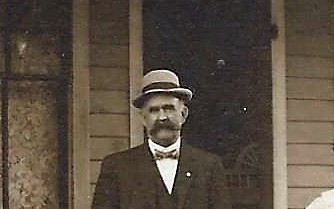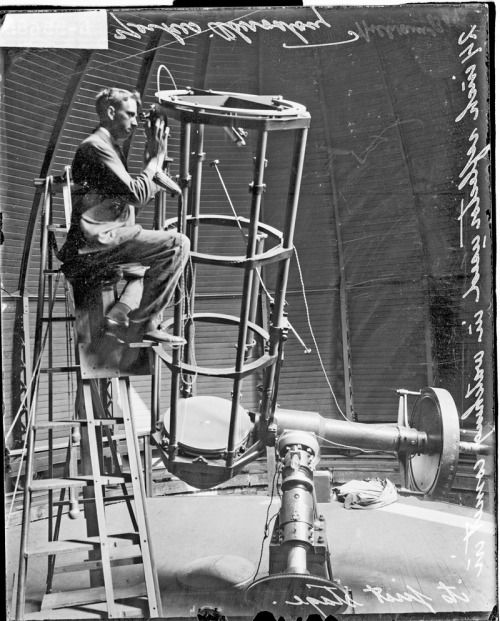1 The section of the switchboard on the left side looks like knife blade switches, thus the contacts have exposed electrical parts. It's likely the railing is there to keep people and objects from making unwanted contact.
2) The very first story I heard about an electrician that was not part of the "
house" staff, full or part time, was Louis Hartmann, who worked for NYC Broadway
producer David Belasco. Typically such an employee would float from show to show (and still do so) as the head for the electrics department installing the show, as opposed to the
house running crew.
CB's Derek had this comment in a post about the origins of the color Bastard Amber; " I cannot recall the source, but I've read it was Louis Hartmann, David Belasco's
Master Electrician".
https://www.controlbooth.com/threads/odd-gel-names.9981/
The very first time I had heard of any electrician "type" serving in a consulting basis was Hans Sondheimer, who was not an electrician, but served as the Technical Director for the NYC Opera for decades (among many roles) and who consulted on many new facilities from the 1940's
thru the 80's. Supposed to have been a real curmudgeon.
Not sure that this type of "
Production Electrician" would have existed in Chicago at the time. It would take some research to determine if "Broadway" type shows or national tours got their start in Chicago, thus might have required such a person working full time for the
producer.
3) The
IATSE has been in existence since 1886, thus and in large cities, it's likely that Archie would have been a member of "Illinois Brotherhood of Theatrical
Stage Employees, Inc". Now know as
IATSE Local 2.




